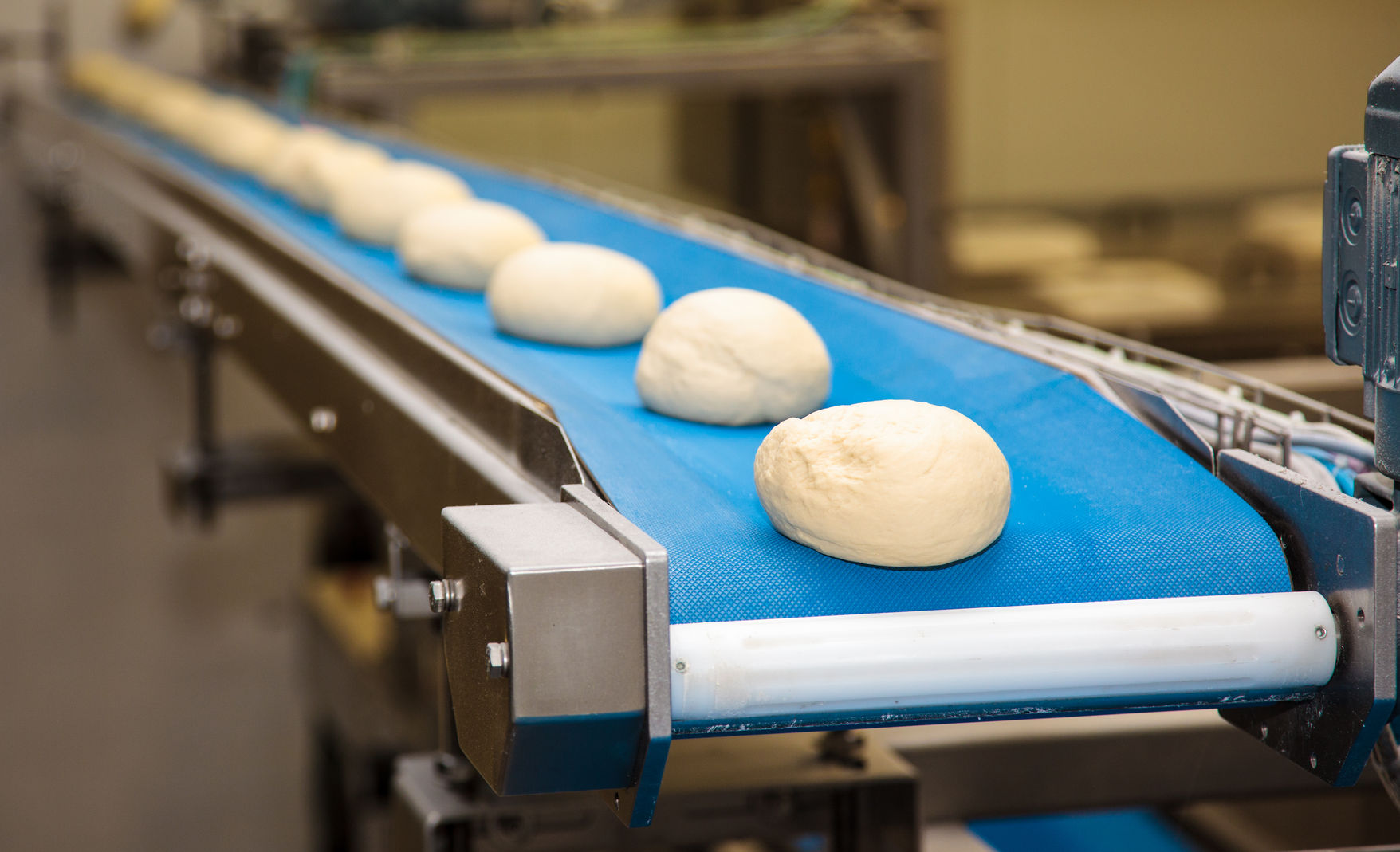Dough consistency can make or break your operation. Solve the problem, and you’ll have less waste and a higher quality product. When your dough comes out the same time and time again, you can fine tune and optimize your process, keeping production running smoothly.
It can be easier said than done. Your batches come out of the mixer homogeneously. However, due to processing time and how big the dough batches are, doughs tail out at the end of the makeup line. This results in products looking significantly different from the beginning of the dough to the end of the dough. Product then gets thrown away, and more staff involvement is required. This all becomes even more pronounced with larger batches.
Mastering Dough Consistency
For a problem this vast, there are a series of factors at play. They can be grouped into:
- Optimal hydration
- Ingredients
- Mixing time and temperature
What’s in the formula
This is the most basic level of nailing down a consistent dough. Dough conditioners can help stabilize the product and balance the effects of all the other ingredients. Emulsifiers, enzymes and reducing and oxidizing agents are a few of the main ones.
However, there’s a more important ingredient: water. You’ll see that this plays into the other areas discussed as well. H2O allows gluten to form and starch to gelatinize. It gives dough moisture, homogenization, and helps regulate temperature. But it’s more than just adding water. The dough needs to be properly hydrated to be consistent. Which brings us to the second point.
How it’s mixed
During the mixing process, several things are happening at once. The flour is absorbing the water and the temperature of the dough is influenced by the friction and time of mixing. When a dough is properly hydrated during this stage, it helps maintain consistency down the make-up line. Temperature also has to be controlled here.
What’s the temperature
The temperature of dough throughout the whole process is critical. To have dough consistency, you need to keep temperature low, especially during mixing. In traditional mixers, ice and glycol can help with this. With continuous mixers, shorter mix times and better hydration take care of it. The temperature during fermentation is important as well. If it stays cool, the dough will not over-oxidize.
The Rapidojet Solution
A common thread runs through dough consistency: hydration and temperature. Both of these issues can be addressed with the Rapidojet technology. In this disruptive approach to hydration and mixing, dry ingredients are shot with a high pressure stream of liquid while free falling into the mixing bowl. This results in instant hydration and gluten development, with mixing time cut by up to 65% and hydration increasing by 4-8%. Aside from increased quality and savings, you’ll have a consistent dough to the very end.
Learn more how our patented Rapidojet technology can make your dough consistent!

